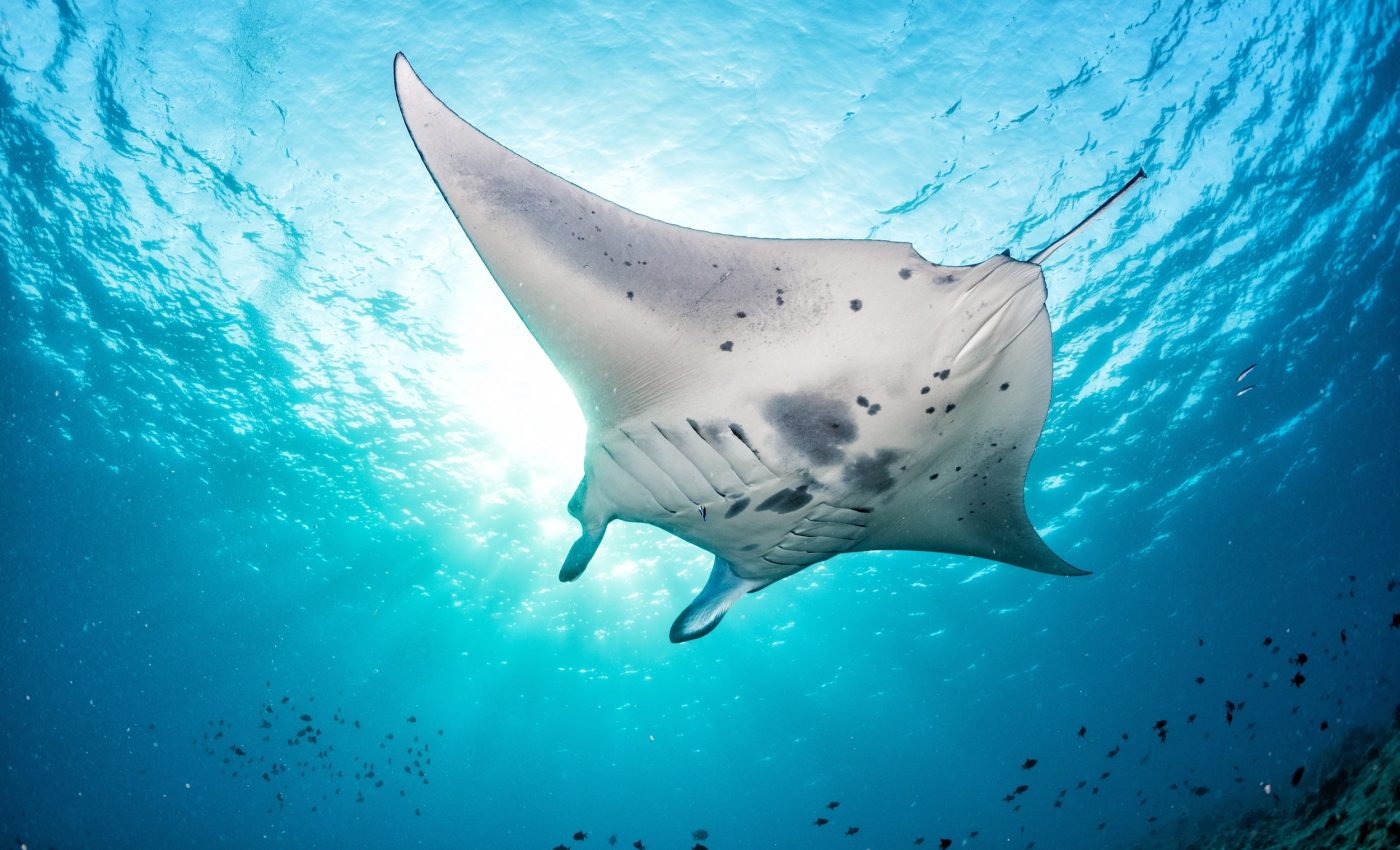
Offshore wind farms are now habitats for sharks and rays
A new survey of North Sea waters has revealed that several shark and ray species move through Dutch offshore wind farms and may even use them as shelter.
By reading traces of DNA suspended in seawater, scientists from Wageningen University & Research have shown that these high-tech energy sites could also play an unexpected part in marine conservation.
The research provides new evidence that renewable-energy structures can interact with marine life in complex ways – sometimes for the better.
Sharks and rays at wind farms
The team collected 436 water samples inside and around four wind-farm zones: Borssele, Hollandse Kust Zuid, Luchterduinen, and Gemini. Each sample was filtered in the lab for fragments of genetic material shed by passing animals. The method, known as environmental DNA or eDNA, is sensitive enough to confirm a species’ presence without nets or hooks.
“We’re trying to understand whether these animals are actually using the wind farms as habitat, or whether they’re being displaced by them,” said lead author Annemiek Hermans, a PhD candidate at Wageningen University & Research.
Five elasmobranchs – sharks and rays – left a clear genetic signature at wind farms. Thornback rays appeared most often and in three of the four farms throughout the year.
Starry smooth-hound sharks and blonde rays showed up in multiple seasons. Basking sharks, famous for their long migrations, were detected in Hollandse Kust Zuid during winter, hinting at cold-season routes previously unknown in Dutch waters.
Reading the water for clues
“It’s like finding a fingerprint in the water,” Hermans explained. “Even if you don’t see the shark, the DNA tells you it’s been there.”
Because the technique is quick and does not disturb wildlife, it opens new doors for large-scale monitoring in rough offshore conditions. It also lets scientists compare many sites over time, revealing patterns that traditional surveys might miss.
The study drew on earlier data gathered by The Rich North Sea program, then added fresh fieldwork to paint a broader picture. By merging datasets, the researchers confirmed that sharks and rays are not just skirting the turbine fields – they are moving through them in measurable numbers.
Turbines: Sharks and rays find shelter
Turbine safety zones ban bottom-trawling and other gear that gouges the seabed. Those restrictions give benthic habitats a break from constant disturbance, allowing worms, shellfish and small fish to rebound. Such changes create richer feeding grounds and hiding spots for predators higher up the food web.
“We must tread carefully,” Hermans cautioned. “If we start allowing bottom trawling in these areas, we risk losing the very protection these zones may offer.”
Vulnerable elasmobranchs, which mature slowly and lay few eggs, could benefit most from these inadvertent sanctuaries.
Wind farms influence sharks and rays
The findings arrive just as the European Union rolls out the Nature Restoration Law and updates its Habitats Directive.
Policymakers face a delicate task: scaling up renewable energy without harming the ecosystems they hope to safeguard. Evidence that wind farms can double as conservation assets offers a rare chance for a “win-win” approach.
The six-year ElasmoPower project, under which this study falls, also looks at how electromagnetic fields from subsea power cables might influence shark and ray behavior.
Future work will blend lab trials with camera arrays, sensors, and more eDNA sampling to see whether the animals linger, feed, or breed inside turbine clusters – or simply pass through.
Next steps for North Sea wildlife
Using non-invasive genetics, the team now has a baseline for tracking seasonal movements and long-term trends. Repeating the survey in different years and depths could reveal whether the number of elasmobranchs rises as benthic life recovers beneath turbine blades.
The same approach might be applied to other protected species, guiding spatial plans that place turbines where they help rather than harm.
For now, the study demonstrates that wind farms are more than power plants. They are new structures in a busy sea, shaping habitats in ways still being mapped. Whether those changes become a net gain for threatened sharks and rays will depend on careful management – and on keeping the trawls out.
Beneath the waves
The North Sea is a crowded stage of shipping lanes, fishing grounds and growing energy grids. Environmental DNA offers a swift, animal-friendly way to see how each new addition affects life below the surface.
In this case it has been shown that, under the right rules, rows of spinning turbines might turn into corridors of relative calm for some of the ocean’s most ancient fish.
The study is published in the journal Ocean & Coastal Management.
—–
Like what you read? Subscribe to our newsletter for engaging articles, exclusive content, and the latest updates.
Check us out on EarthSnap, a free app brought to you by Eric Ralls and Earth.com.
—–













